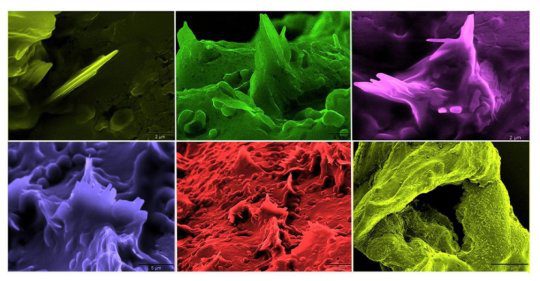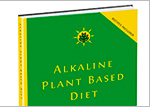Cholesterol Crystallization May Be The Last Step Before A Heart Attack

Atherosclerosis is a disease where a plaque of cholesterol, white blood cells, calcium, and other substances build in the artery walls. Atherosclerosis can develop in any artery in the including the heart, brain, penis, neck, and the kidneys.[1]
Atherosclerosis is a serious health and life threatening disease that hardens artery walls and reduces its flexibility. The lack of flexibility and reduction of diameter of the passageway of arteries, due to the buildup of plaque, impedes the flow and delivery of oxygen and nutrients to organs and cells of the body.
This threatens homeostasis and the health of organs throughout the body. Atherosclerosis in the neck can deprive the brain of oxygen, and the reduction or stoppage of blow flow to the brain can result in stroke.
Blockage to the legs, arms, an pelvis can result in numbness, pain, and infections. Blockage of blood flow to the kidneys can result in kidney failure.
Atherosclerosis by itself doesn’t result in blockage, which could result in a heart attack. Though the thickening of the artery wall impedes blood flow, it is the rupturing of part of the plaque layer that leads to blood flow blockage.
The rupturing of the plaque layer is caused to the formation of cholesterol crystals.
“All patients who died of acute heart attacks had perforating cholesterol crystals like this sticking out of their plaques but no crystals were found perforating the arteries of people who had severe atherosclerosis, but died first of other, non-cardiac causes.”[2]
The idea is the plaque gets super saturated with cholesterol and crystals form when saturation reaches a certain point. Scientists showed that as crystals started to form the volume of the plaque could quickly increase by up to 45% within minutes. This would increase the pressure in the artery wall and would allow the crystals to rupture the artery membrane.






